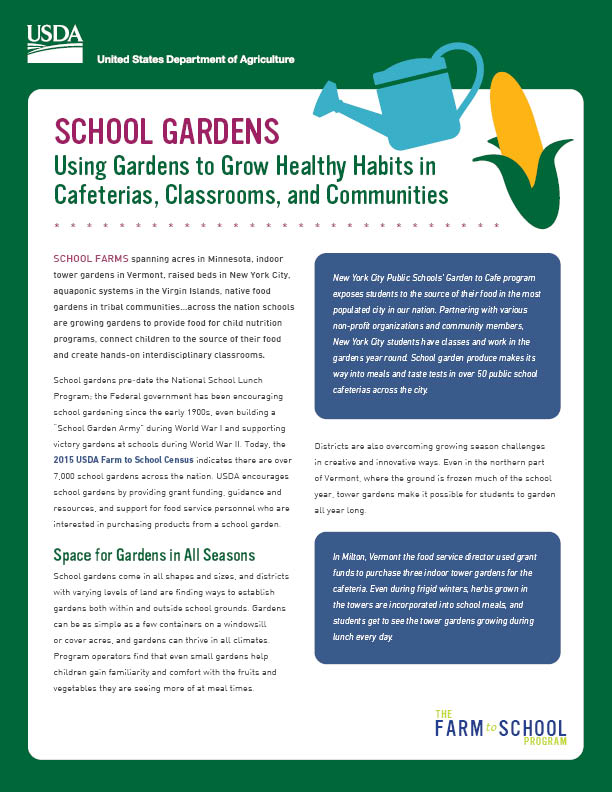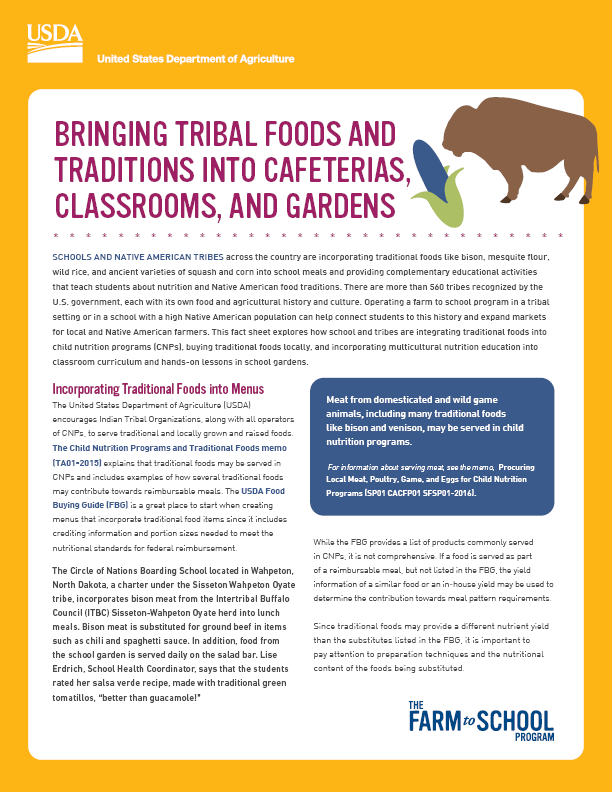Welcome! Are you new to farm to school?
The Patrick Leahy Farm to School Program is here to help.
For over 20 years, schools across the nation have embraced farm to school efforts to bring local foods into the child nutrition programs and to teach children about where their food comes from. Farm to school programs serve healthy meals, improve child nutrition, provide agricultural education opportunities, and help students establish a positive relationship with food.
What is farm to school?
The term “farm to school” includes a variety of activities conducted by child nutrition program operators that connect children with the source of their food, improve health and education outcomes, and inspire youth toward careers in agriculture.
- History of Farm to School
In 1906, there were 75,000 school gardens. Since school gardens predate the USDA National School Lunch Program, some say they were the first meal program.
During World War I, the Federal Bureau of Education formally launched the U.S. School Garden Army with the tag line, “A garden for every child. A child in every garden”. The program was developed to engage students and families in school and home-based gardening. To aid the program, the Department of Agriculture lent county agricultural extension agents and agricultural bulletins to train and support designated garden teachers at schools across the nation. The program engaged 50,000 teachers, 1.5 million students, and hundreds of thousands of parents, who put more than 20,000 acres into production.
The federal government recognized the ability of school gardens and farms to enrich education and build healthy habits and communities then, and it still does today.
For over 20 years, schools across the Nation have increasingly embraced farm to school efforts. The farm to school movement has grown from a handful of schools in the late 1990s to more than 67,000 schools from all 50 states, American Samoa, Guam, the Northern Mariana Islands, Puerto Rico, US Virgin Islands, and the District of Columbia.
In 2010, Congress amended Section 18 of the Richard B. Russell National School Lunch Act to create the Farm to School Program in order to:
- Distribute grant funding to improve access to local foods in schools;
- Provide training and technical assistance to improve access to local foods in schools; and
- Disseminate research and data on existing programs and opportunities for expansion.
Over the last several years, USDA’s Food and Nutrition Services (FNS) has been actively supporting farm to school efforts. Since 2013, USDA has awarded nearly $64 million through Farm to School Grants, funding a total of 896 projects across all 50 states, the District of Columbia, U.S. Virgin Islands, Guam, and Puerto Rico, reaching over 22 million students in more than 54,000 schools.
In 2022, Congress passed the Consolidated Appropriations Act. In the act, Congress formally renamed the program, "The Patrick Leahy Farm to School Program." The new name recognizes the longtime farm to school leadership of Patrick Leahy, the former U.S. Senator from Vermont.
- What is Farm to School?
Farm to school efforts link local producers with schools and other organizations participating in child nutrition programs working to purchase and include locally grown fruits, vegetables, grains, meat, dairy, and seafood in program meals, as well as efforts that include hands-on education, school gardens, taste tests, farm field trips, and integrating food-related education into classroom curriculum.
The great thing about this broad definition is that it gives communities the opportunity to make farm to school their own. This flexibility in the term gives you and your community an opportunity to develop a farm to school program that is just as unique as your community.
- What are Community Food Systems?
A “community food system” refers to a system in which food production, processing, distribution, and consumption are geographically integrated and benefit the economy, people, and natural resources of a particular community.
FNS's Farm to School team works with various stakeholders by providing grants, offering trainings and technical assistance, and conducting research to advance farm to school.
The goal in providing these services is to:
- Increase the availability of local foods in school meals;
- To promote hands-on learning activities such as: gardening, farm visits, and culinary classes; and
- Encourage the integration of agriculture, food production, community food systems, and nutrition services education into regular curriculum.
Why is Farm to School Important?

Kids Win!
Farm to school efforts help teach children where their food comes from and how food fuels their bodies. It enhances classroom education through hands-on learning, such as school gardens and other educational activities related to food, health, agriculture, and nutrition. These activities ignite excitement around food and this holistic approach to learning enhances the chances for students to adopt these practices beyond the classroom.
Farmers Win!
According to the 2019 Farm to School Census operators of child nutrition programs purchased more than $1.26 billion in local foods for the 2018-2019 school year, which is a significant opportunity for farmers, fishers, ranchers, food processors, and food manufacturers. Nearly three-fourths (71.2 percent) of the school food authorities conducting farm to school activities reported that they have purchased local foods for their child nutrition program meals.
Selling Local Food to Schools: A Resource for Producers
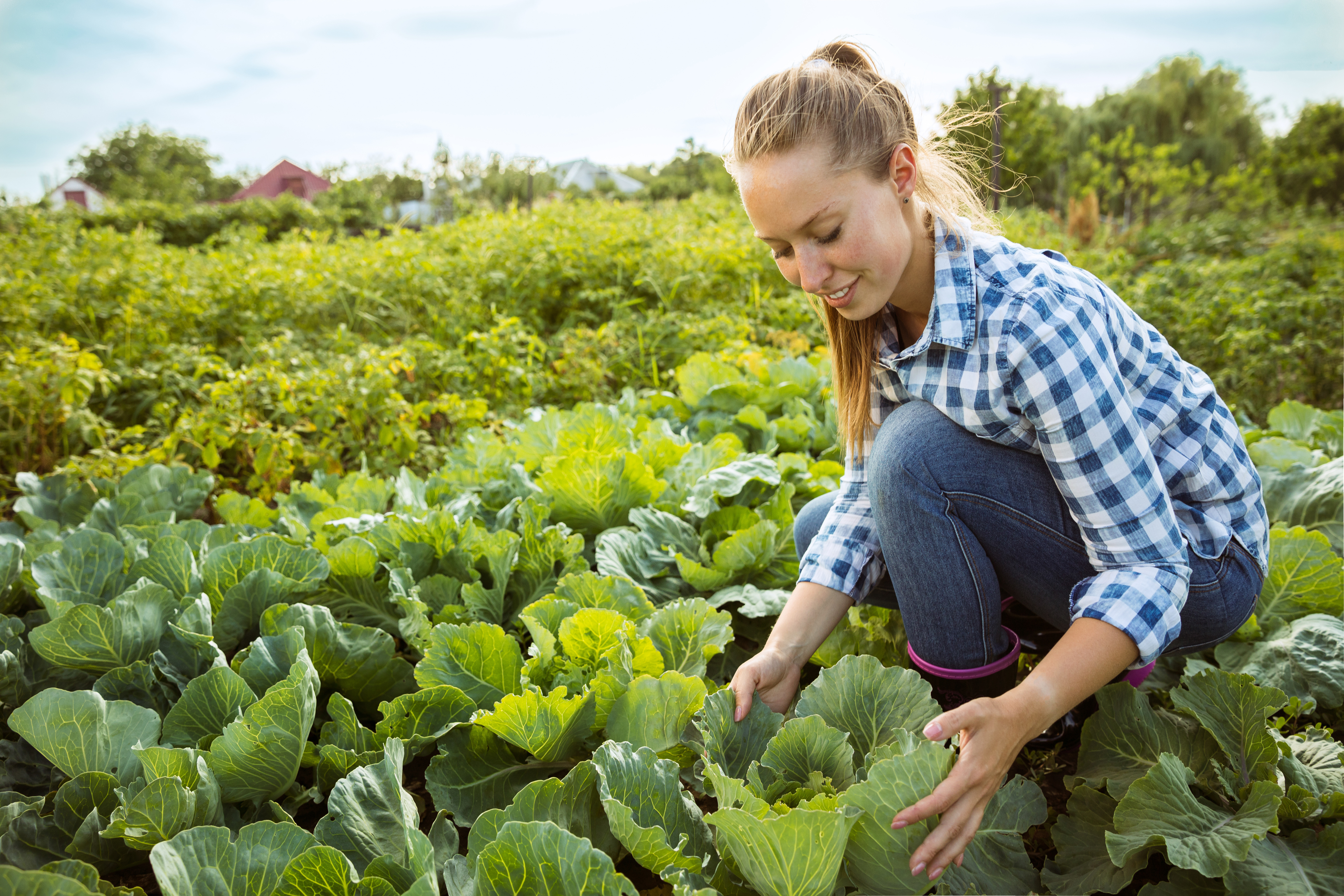

Schools Win!
According to the 2019 Farm to School Census, approximately two-thirds (65 percent) of school food authorities reported participating in farm to school in school year 2018-19. School districts who engaged in farm to school activities said they enjoy positive impacts, including increased support from parents and community members, improved acceptance of and participation in school meals, lower school meal program costs, and less plate waste. Farm to school gives schools and other child nutrition program operators local control and flexibility to offer seasonally available, regionally produced foods on their menu, often sourced directly from local farmers.
Communities Win!
Farm to school activities strengthen the American economy, in urban and rural areas: for every dollar spent on school food, an additional $0.86 is spent in the local economy1, and schools provide producers stable markets and long-term revenues. Everyone benefits from the linking of communities to their local farmers, ranchers and fishers, farm to school efforts help foster resiliency and sustainability in our food systems by building stronger local connections.
School Gardens: Using Gardens to Grow Healthy Habits in Cafeterias, Classrooms, and Communities
1Ecotrust. The Impact of Seven Cents, https://ecotrust.org/media/7-Cents-Report_FINAL_110630.pdf
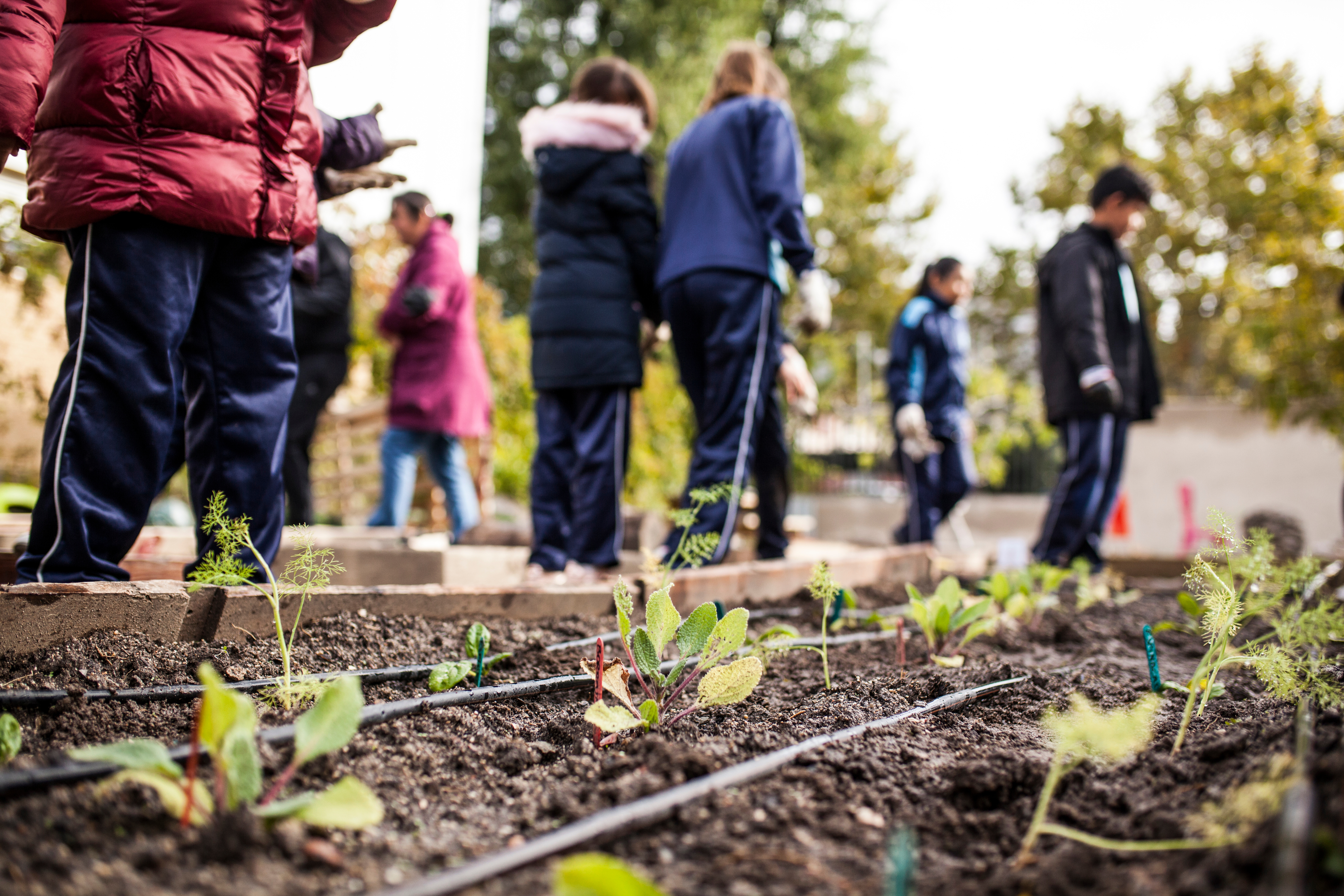
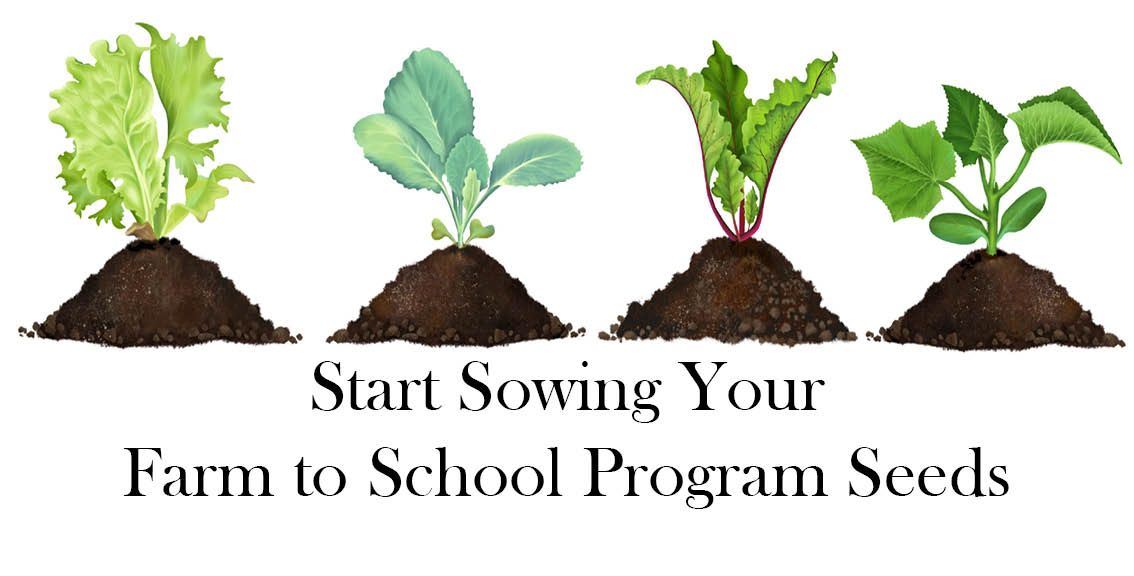
Need help funding your program?
The Farm to School Grant Program is here to help you!

On an annual basis, USDA awards competitive Farm to School grants that support planning and implementing farm to school programs. USDA’s Farm to School grants are an important way to help initiate, expand, and institutionalize farm to school efforts.

For fiscal year 2022, the Farm to School Grant Program awarded over $10 million to 123 farm to school projects across 44 states and the District of Columbia.

Since FY 2013, USDA has awarded nearly $75 million through Farm to School Grants, funding a total of 1019 projects across all 50 states, the District of Columbia, U.S. Virgin Islands, Guam, and Puerto Rico, reaching over 25 million students in more than 59,000 schools.
Get the Facts!
The Farm to School team offers fact sheets on a variety of topics that can help you get your program started.
Farm to School Is Growing!
65.4%
Of SFAs reported participating in farm to school activities in SY 2018 – 19.
42.8M
Students attended SFAs that participated in farm to school activities in SY 2018 -19.
67,369
Schools are featuring local foods on the menu or educating students.
The Farm to School Program conducts and disseminates research on existing farm to school activities and opportunities for expanding the use of local food products in child nutrition programs. Periodically, to assess the state of farm to school activities across the U.S., the Farm to School Program conducts their Farm to School Census. The Farm to School Census surveys all school food authorities (SFAs) participating in the National School Lunch Program.
The 2019 Farm to School Census is the most recent census and is part of a larger comprehensive review of farm to school in the U.S., which also includes a descriptive review of the USDA Farm to School Grant Program, a review of published research on farm to school since 2010, and a set of interviews with school food distributors. The 2019 results come from 12,634 responding school food authorities (SFAs) in all 50 states, Guam, American Samoa, the Northern Mariana Islands, the U.S. Virgin Islands, Puerto Rico, and Washington DC. The school food authority is the entity responsible for school food service operations, and may or may not correspond to a school district.
Ready to dig into your farm to school program?
Harvest more knowledge with success stories, trainings, and resources!

Contact Your State and Regional Farm to School Offices
USDA FNS State Contact Page - Find state agency farm to school contacts.
USDA FNS Regional Contact Page - Find the contact information for each of USDA's seven Farm to School regional specialist offices.
Hungry for more farm to school?
More information on the Patrick Leahy Farm to School Program is available in the Dirt e-letter.


